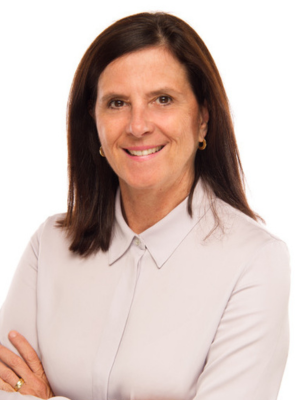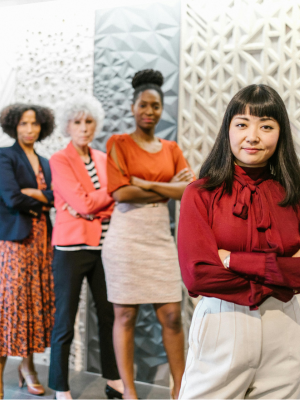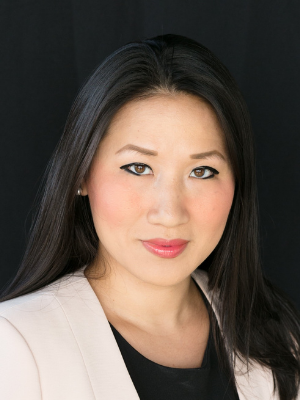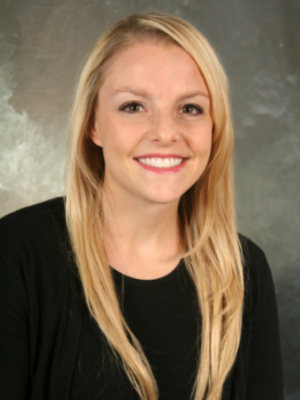 I recently attended a breakfast for 150+ women board directors hosted by Julie Daum, leader of Spencer Stuart’s North American board practice, to listen to the findings from their 2023 S&P 500 New Director and Diversity Snapshot. The findings and discussion that followed were energizing and sobering. Some specific findings that struck me were the progress of women directors in the S&P 500 over the past decade. Almost half–45% percent–of the class of 2023 were women, a 92% increase over the past decade. Women now account for 33% of S&P 500 directors, an 83% increase from a decade ago. An astounding 67% of the 2023 class identified as diverse candidates. Once the audience stopped high fiving one another, Spencer Stuart went on to outline some more sobering trends.
I recently attended a breakfast for 150+ women board directors hosted by Julie Daum, leader of Spencer Stuart’s North American board practice, to listen to the findings from their 2023 S&P 500 New Director and Diversity Snapshot. The findings and discussion that followed were energizing and sobering. Some specific findings that struck me were the progress of women directors in the S&P 500 over the past decade. Almost half–45% percent–of the class of 2023 were women, a 92% increase over the past decade. Women now account for 33% of S&P 500 directors, an 83% increase from a decade ago. An astounding 67% of the 2023 class identified as diverse candidates. Once the audience stopped high fiving one another, Spencer Stuart went on to outline some more sobering trends.
Among the top ten priorities for board selection, gender diversity dropped from top to #8. Hiring candidates with proven enterprise operating experience now topped the list. And there are significantly more males than female with proven enterprise operating experience. If boards are prioritizing traditional skills and capabilities – the pool of women candidates is now smaller. Will all the progress advancing women into board positions now decline?
Maybe not. First, remember that there are exponentially more opportunities for directors beyond the S&P 500. Hundreds more. And if we add private equity boards and startup companies, these opportunities are in the thousands. While competing for board positions will always be competitive, if you broaden your pool and extend your network beyond a traditional set then you might find some interesting opportunities.
I have had the privilege of serving as an independent director on two private equity boards owned by companies, Altamont Capital Partners, and The Riverside Company. I currently serve on a public company board, Cantaloupe, Inc. (NASDAQ: CTLP), and I am a non-voting board member of NextUp where I serve as chief executive officer. NextUp is the premier nonprofit member association firmly focused on developing the pipeline of future women leaders. Women reach out to me to find out how I was able to land these directorships. And as a woman whose day job is helping women advance in business, I am more than happy to offer a few words of advice.
First, think about how your specific skills might give you an enormous competitive advantage. Define your advantage as your “Plus One.” I landed my first board position on a private equity (PE) board looking for a woman + Olympic licensing experience (that is a pretty short list!). But this company was the leader in design and manufacture of gymnastic apparel. What is your Plus One? If it is Artificial Intelligence, your phone will be ringing off the hook! How about experience in direct marketing or membership? I am going to bet that pharmaceutical companies engaged in serving millions of consumers purchasing weight loss drugs are going to be looking for women with a Plus One in CRM.
Which brings me to my second most important piece of advice.
As a board member, your job is to “govern” not to “do.” The quickest way to derail a healthy board discussion is from the rookie who thinks they are on the board to do the job of the management team. They are not. The exception is your role on the board committee. Your finance or accounting degree is going to look attractive to a board looking for someone to serve on Audit. Your HR background will make you a stellar match for Compensation. But, as an independent director, you are there to advise, support and evaluate. Conversely, if rolling up your sleeves and diving in is your gig, then a private equity opportunity may be the right match for you. PE boards prioritize subject matter expertise and are willing to take a risk on those with broad experience, but with a more junior title. They value seasoned pros who lean in on projects. Or have an unbelievable rolodex to help the company. Making a personal investment might be a way to further underline your commitment to the board.
Finally, board positions—private and public—are rare. There are a number of other opportunities where you can gain experience, satisfaction, financial reward and valuable experiences. Right now, as CEO of NextUp, I am fulfilling one of the most satisfying career goals by developing thousands of the next generation of women business leaders. For two-plus decades, NextUp has been partnering with corporations to provide opportunities that build capabilities for the next generation of leaders. And I am certain that more than a few of these will end up in the boardroom.
By: Lisa Baird is the CEO and board member of NextUp, the nonprofit that advances all women in business, and serves on the Board of Directors for Cantaloupe, Inc., a digital payments and software services company that provides end-to-end technology solutions for self-service commerce, and which is recognized as a “Champion of Board Diversity” by the Forum of Executive Women for three years in a row. Cantaloupe is proud to have 44 percent of its Board women. Lisa previously served on the boards of Elite Sportswear and Fox Racing, now a subsidiary of Revelyst.
(Guest Contribution: The opinions and views of guest contributions are not necessarily those of theglasshammer.com).









